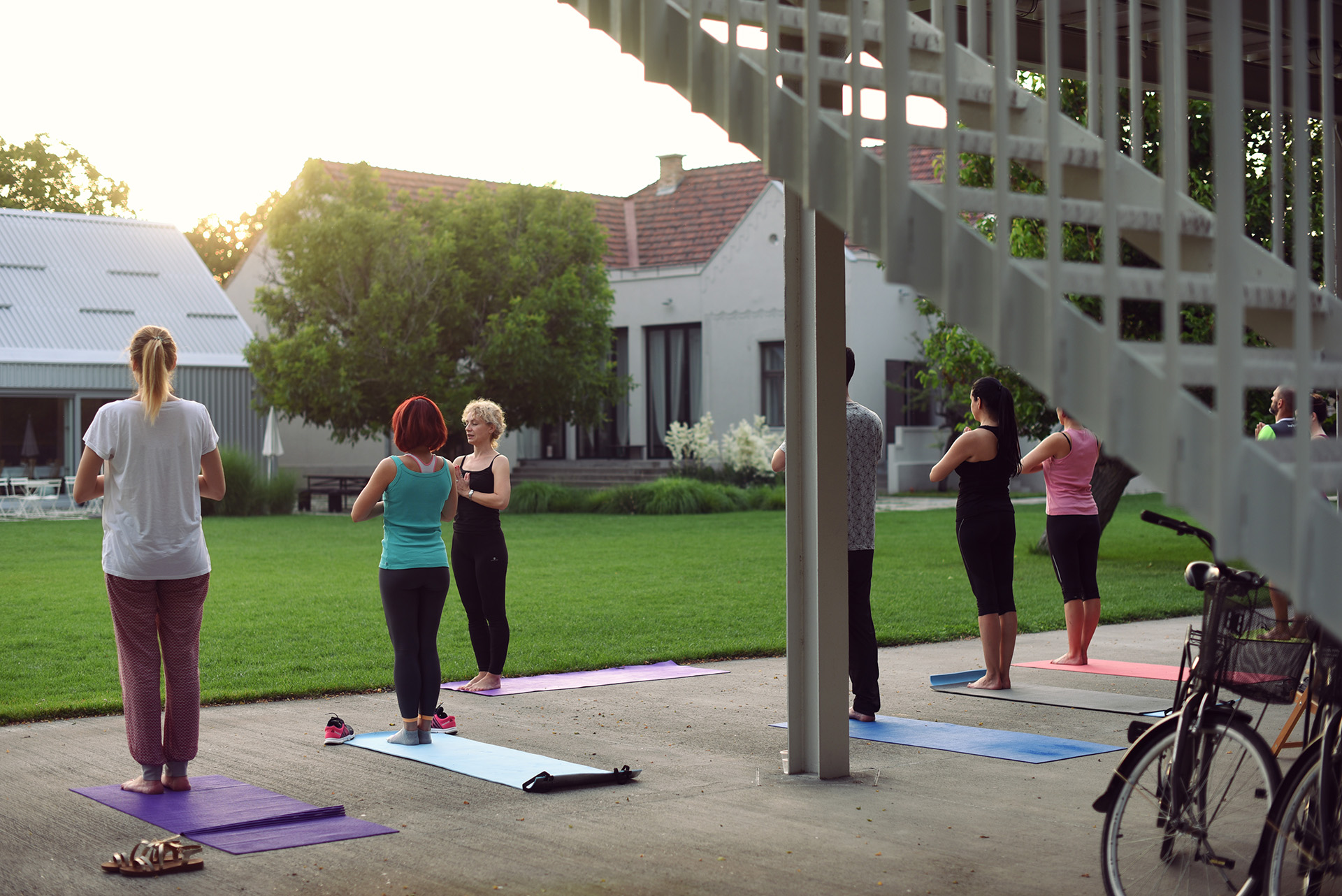Corporate retreats have become more than just a getaway for employees; they are now recognized as valuable investments in team bonding and organizational success. In this article, we delve into the transformative power of corporate retreats and how they can create lasting connections among team members.

Understanding Corporate Retreats
Corporate retreats are structured gatherings outside of the usual work environment, designed to facilitate team bonding, brainstorming, and skill development. While they offer a break from the daily routine, their real value lies in fostering strong relationships and improving teamwork, including remote foreign employees who may feel disconnected from the central office culture.
Incorporating remote foreign employees into corporate retreat can be a game-changer in promoting inclusivity and team integration across geographical boundaries. Imagine a scenario where a team member based in a different country feels disconnected from the core team due to physical distance. Including them in virtual team-building activities during the retreat not only bridges this gap but also strengthens the overall team dynamic.
While remote work brought many good changes it has downsides as well. One of them is the lack of relationship between the employees and the company, that’s why corporate retreat is so important. However with remote work the world has become a global market, and the companies can have talented workers from all over the world, without changing their addresses. For the employees, the good side is that they can work for US or Europe based companies, live in New Zealand and attend their friends’ wedding in Australia, all in one day. But from time to time employees should meet in person and spend some time together, to strengthen the company spirit.

Benefits of Corporate Retreats
- Improved Communication and Collaboration: Retreats provide opportunities for team members to communicate openly, collaborate on tasks, and understand each other’s strengths and weaknesses in a relaxed setting.
- Enhanced Trust and Camaraderie: Shared experiences during retreats build trust among team members, leading to stronger bonds and smoother workflows back in the office.
- Increased Motivation and Productivity: Returning from a successful retreat reinvigorates team members, boosting morale, creativity, and overall productivity.
Elements of Memorable Corporate Retreats
- Unique Activities: Tailoring activities to match team interests and goals ensures engagement and meaningful interactions.
- Inspiring Locations: Choosing scenic retreat venues promotes relaxation, creativity, and a break from the everyday work environment.
- Expert Facilitation: Skilled facilitators or trainers guide team-building exercises and workshops, maximizing learning and bonding opportunities.
Types of Transformative Team Bonding Activities
- Outdoor Adventures: Activities like ropes courses, hiking, or team challenges encourage teamwork, problem-solving, and trust-building.
- Creative Workshops: Art, music, or cooking classes foster collaboration, creativity, and a sense of achievement when completed as a team.
- Mindfulness and Wellness Sessions: Yoga, meditation, or wellness workshops promote stress relief, mental rejuvenation, and team bonding through shared experiences.

Real-Life Success Stories
Companies that invest in transformative retreat experiences often see tangible benefits such as improved team dynamics, enhanced creativity, and higher employee satisfaction. For example, XYZ Company resolved communication barriers through a retreat focused on active listening and team problem-solving activities.
Planning and Execution Tips
- Set Clear Objectives: Define retreat goals, whether it’s improving communication, fostering innovation, or celebrating team achievements.
- Tailor Activities: Consider team preferences, physical abilities, and comfort levels when planning activities and schedules.
- Logistics Management: Ensure seamless arrangements for accommodation, transportation, meals, and any required equipment or materials.
Evaluating Impact and Follow-Up Strategies
- Post-Retreat Assessments: Use surveys, feedback forms, or structured interviews to gather insights on team dynamics, learning outcomes, and areas for improvement.
- Follow-Up Initiatives: Schedule regular check-ins, skill-building workshops, or team-building activities to sustain the retreat’s positive impact over time.
Conclusion: Embracing Transformative Experiences
In conclusion, memorable corporate retreat is not just about relaxation but about fostering transformative experiences that strengthen teams and drive long-term success. By prioritizing meaningful retreats, organizations can nurture a positive work culture, boost team cohesion, and achieve greater productivity and innovation. Start planning your next transformative retreat today!
